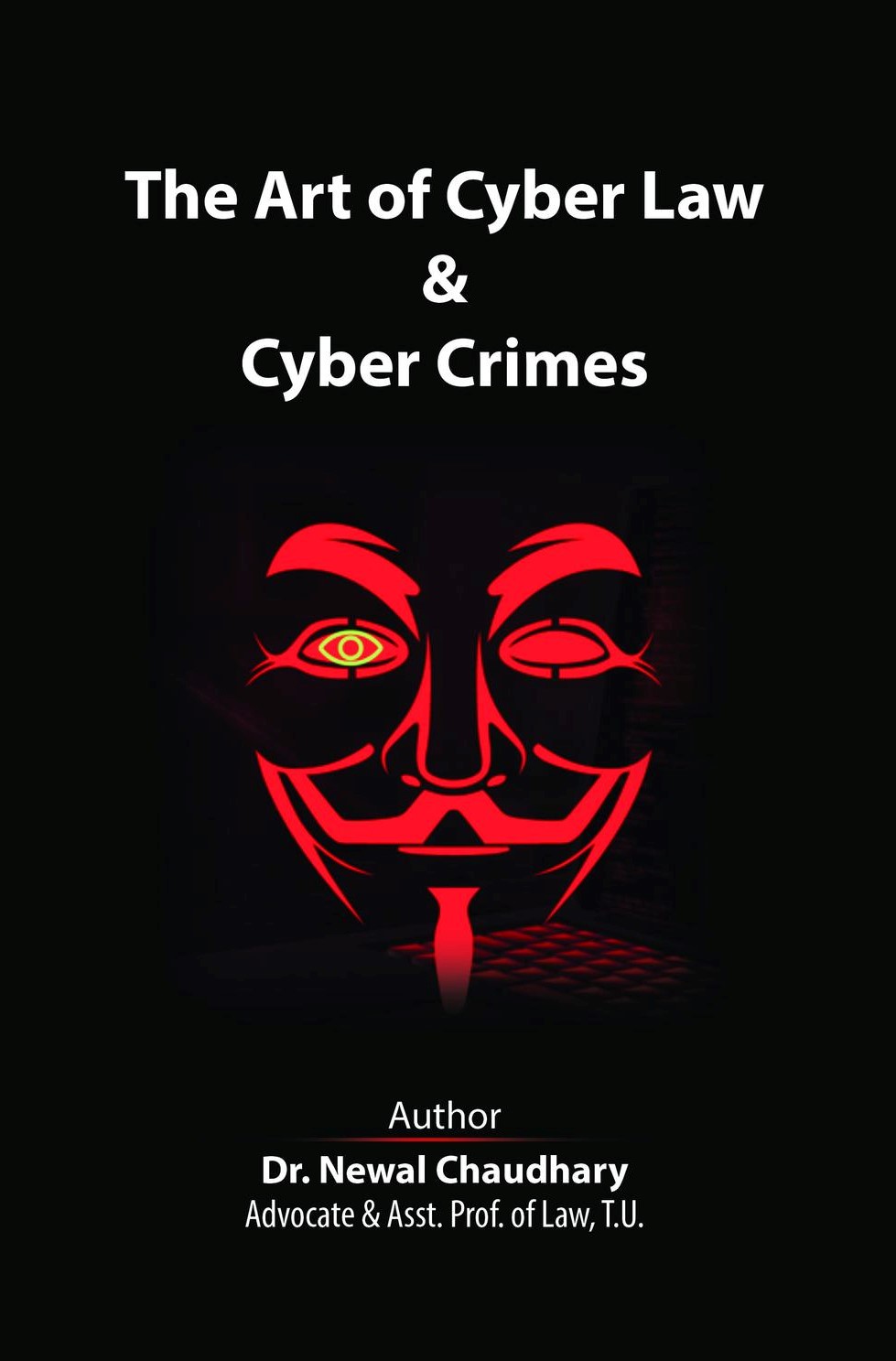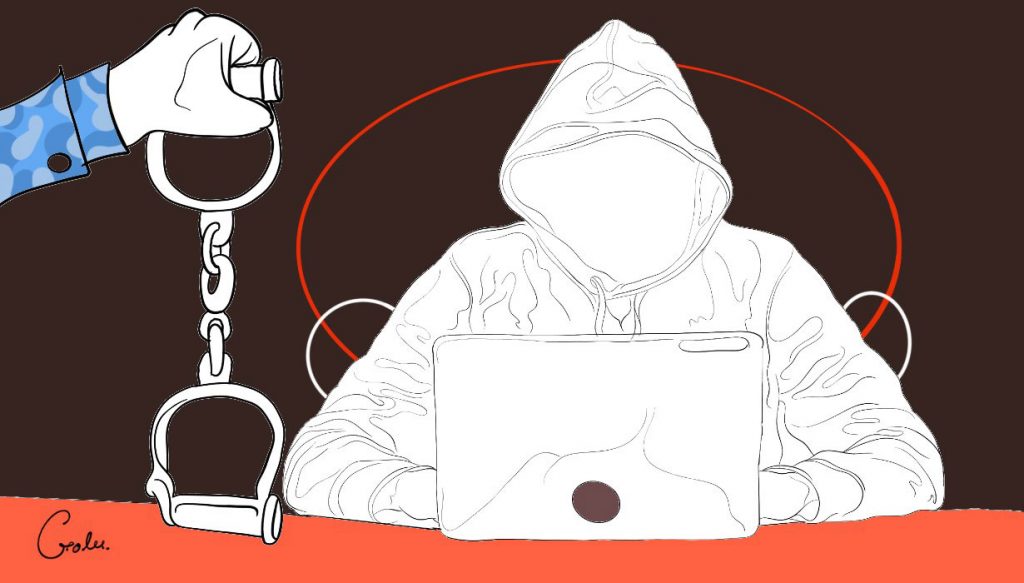
Dr Newal Chaudhary’s book, The Art of Cyber Law & Cyber Crimes, provides a comprehensive legal reference on the multifaceted dimensions of cybercrime. His in-depth analysis successfully unravels the complex interplay between technology, cyber law, and criminal acts in the digital sphere.
The Art of Cyber Law & Cyber Crimes excels in its meticulous examination of cyber law and cybercrime from both global and national perspectives. Chaudhary devotes focused attention to universal challenges that nations grapple with in countering and prosecuting cyber-enabled offences.
The cyber landscape of Nepal and foreign countries

His nuanced case studies of Nepal’s cyber landscape provide a localised context while highlighting the international implications of cyber incidents across borders. Chaudhary’s legal expertise shines through in his lucid breakdown of intricate cyber terminologies and concepts.
He guides readers through the technicalities surrounding hacking, identity theft, phishing scams, and other digital transgressions.
The strategic use of illustrative examples grounds his erudite legal analysis in real-world actualities, enabling comprehension across diverse audiences.
Importantly, Chaudhary ventures beyond sterile legal discourse to ponder the profound societal impacts of cybercrime.
He prompts critical reflection on the ethical dimensions of online actions, advocating for greater digital citizenship and accountability. In this manner, the text promotes a holistic interrogation of cybercrime, not just from a legal but also a moral and philosophical lens.
Contemporary relevance for the future
The Art of Cyber Law & Cyber Crimes is distinguished by its prescient focus on AI-enabled cyber offences. Chaudhary dives deep into the novel challenges introduced by emerging technologies like machine learning and artificial intelligence.
He notes how AI expands both the possibilities and vulnerabilities of cybercrime, necessitating new legal paradigms and safeguards. His nuanced exploration of this avant-garde subject underscores the book’s contemporary relevance for the future.
The title of the book is The Art of Cyber Law & Cyber Crime, the title hints at the conceptual craft involved in both effectively perpetrating and preventing cybercrimes. The word art implies certain skill, dexterity, and meticulousness that underlie the successful navigation of cyber law and cybercrime.
On one hand, cyber criminals employ intricate expertise to carry out offences like hacking, identity theft, and AI-enabled attacks. Their technical prowess and cunning allow them to discretely transverse digital boundaries.
Hence cybercrime involves the art of leveraging technology for illicit ends. Conversely, countering these threats also necessitates significant artfulness. Cyber law experts must dexterously apply legal frameworks to appropriately define and prosecute technologically complex crimes.
Government and law enforcement likewise need skills to implement policies that are nimble enough to respond to rapidly evolving cyber threats. In this manner, the title encapsulates how both sides in the cybercrime equation – offenders and defenders – need to master a certain artfulness and technical finesse to stay steps ahead of the other.
Just as a sculptor moulds clay into art, the Art of Cyber Law & Cyber Crimes maps how its subjects creatively wield the tools of technology and law. The title hence pithily captures the strategic expertise involved in the tangled world of cyber law and cybercrime. It entices readers to delve deeper into the multi-layered “art” form that comprises this nuanced field of battle between digital attackers and defenders.
Key messages

The Art of Cyber Law & Cyber Crimes provides a comprehensive foundation for the book by elucidating the conceptual dimensions of cyber law. Chaudhary methodically defines key terminologies, unpacking legal nuances surrounding the introduction of cyber law including its nature, evolution, sources, nature, scope and emerging issues, concept of the right to be forgotten, social media-related laws, cyber security and privacy.
It also explores the global landscape of cybercrime. Through meticulous case studies, Chaudhary highlights the international dimensions of the difference between computer crime and cybercrime, the role of cyber criminals in cybercrime, the historical background of cybercrime, AI used in cybercrime, the concept of anonymous and ways of being anonymous in the internet world, jurisdiction over cybercrime cases, online media directives and news broadcast systems.
It also covers a wider range of laws in Nepal which deals with cybercrime, what next version of the law is required is also discussed in this book.
Chaudhary’s exhaustive legal analysis, practical case examples, and forward-looking scrutiny of AI cybercrime make this book an indispensable resource. Legal experts will appreciate its thoroughness and authoritative voice, while lay readers will find its complex topics made accessible through clear writing.
Ultimately, The Art of Cyber Law & Cyber Crimes provides a stimulating education on the multifaceted realities of cyber law and cybercrime in our increasingly digital world.


























